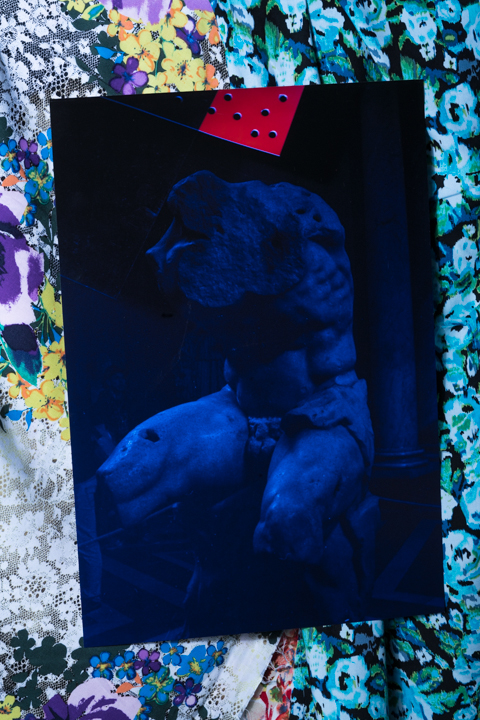Slippage: On Practice and Waiting
In the recent weeks of endless springtime rain, I turned inward. I have been thinking about the process of how work gets made, and about the practice of making itself (these are two different things, though with many shared veins and intersections – conjoined twins that cannot be separated without killing one). With an active and consistent art practice, and teaching a variety of undergraduate students, I think about the act and the art of making often. Where do they come from, these bursts – blooms – of idea energy? And where and how do we create them when they are nowhere to be found, when we feel emptied out, hollow, raw?
There are obviously many ways to do this. Some artists might take a subject – an ink bottle, a landscape, an empty beer can, a rectangle – and draw/paint/photograph it over and over until it changes into something else. Some might give themselves assignments – research, making – because sometimes we like to be told what to do. Others might go to look or listen – to museums, to the movies, to a crowded street corner, to music. Still others read and write words. Simply, it is impossible to find one solution to a block, but I have found it is crucial for me not to go online, into the endless hum of distraction and mild entertainment. It deadens me and scrapes me clean of ideas. Obviously, there are some who find their ideas online. For me, the internet is a void. Making is key.
I made my first artist book last fall, from my recent series Waves. The work is full of repetition, of returning to images and seeing them again and again, slightly altered, echoing, as waves. The process of making a book came fluidly to me once I decided that there could be no white space. The negative space, instead, consisted of endpapers of old books I’ve found and collected. Endpapers with marks, library cards, doodles, arbitrary text (not by my own hand) – suddenly there was a reason for the images to be there, something for them to converse with. If I step backwards, I can see that I began to make this work as the images I have been making for the last four or five years have fit uneasily into the typical role of a photography project. Despite the work of so many artists over the years to break away from the typical “photo project,” that continues to be the way so many people, both within our medium and outside it, feel that photography should behave. Proper, organized, boxed and fitted neatly, these series are 15-25 images around a central theme with each image adding to and interacting with that theme. This is a simple and beautiful model for so much work, for documentary projects consisting of still images, or for longer term serious both inward- and outward-facing projects like Alec Soth’s Sleeping by the Mississippi which emerges so neatly from post-war 20th century photography. My work, however, and the work of many with whom my work converses, does not function this way. I remember meeting a photo dealer at the last portfolio review I attended (or probably will ever attend) in 2010 who said, “But your pictures are all different from one another! What would I tell a client?” That was enough for me to hear. I retreated to the studio, happily, to diverge even further.
My most recent book, Sea Garden, which I just completed in April, flew out of me at a stunning pace. The negative space in this book is even less evident than in Waves, as it is composed of other photographs – it is negative space to me, but it’s unimportant if anyone else sees it. This book is, to me, the most exciting moment I have had in months – this thing I made or which made itself, unbidden but still here. Like so much of my work, Sea Garden came out of nowhere and now exists, on its own, outside of me. It is remarkable how these things occur. The work comes from Waves and follows a similar trajectory, but the subjects are further fractured, the echoes here are broken mirrors rather than the ocean.
I’m also interested in the fact that we, as makers of work, of images, as those who put the world into a rectangle or a sculpture or a form that doesn’t resemble form, go through periods both productive and fallow. Often my productive stretches hit me like a bomb mid-semester and I struggle to balancing making work – to get, wring, out of myself everything that needs to come – with the work of teaching, of preparing, reading, grading. Today, though, my first day with five barely interrupted weeks lying ahead of me, I am fallow – left unsown and idle. Twisting my fingers, setting up my camera, looking through the ground glass, looking at my email, painting, breathing, I wait for it to come.
In the meantime, I re-read. Essays and interviews, including Moyra Davey’s, “Notes on Photography & Accident,” from Long Life Cool White, which I have read many times. It is a set or a series of notes, of ideas, and moments. It touches on being, on blocks, on process and practice. On reading and illness, on the studio and friction, on connections and re-connections. It reminds me that when one cannot make, one must sit with oneself, exist, make space, and wait. It will come.

